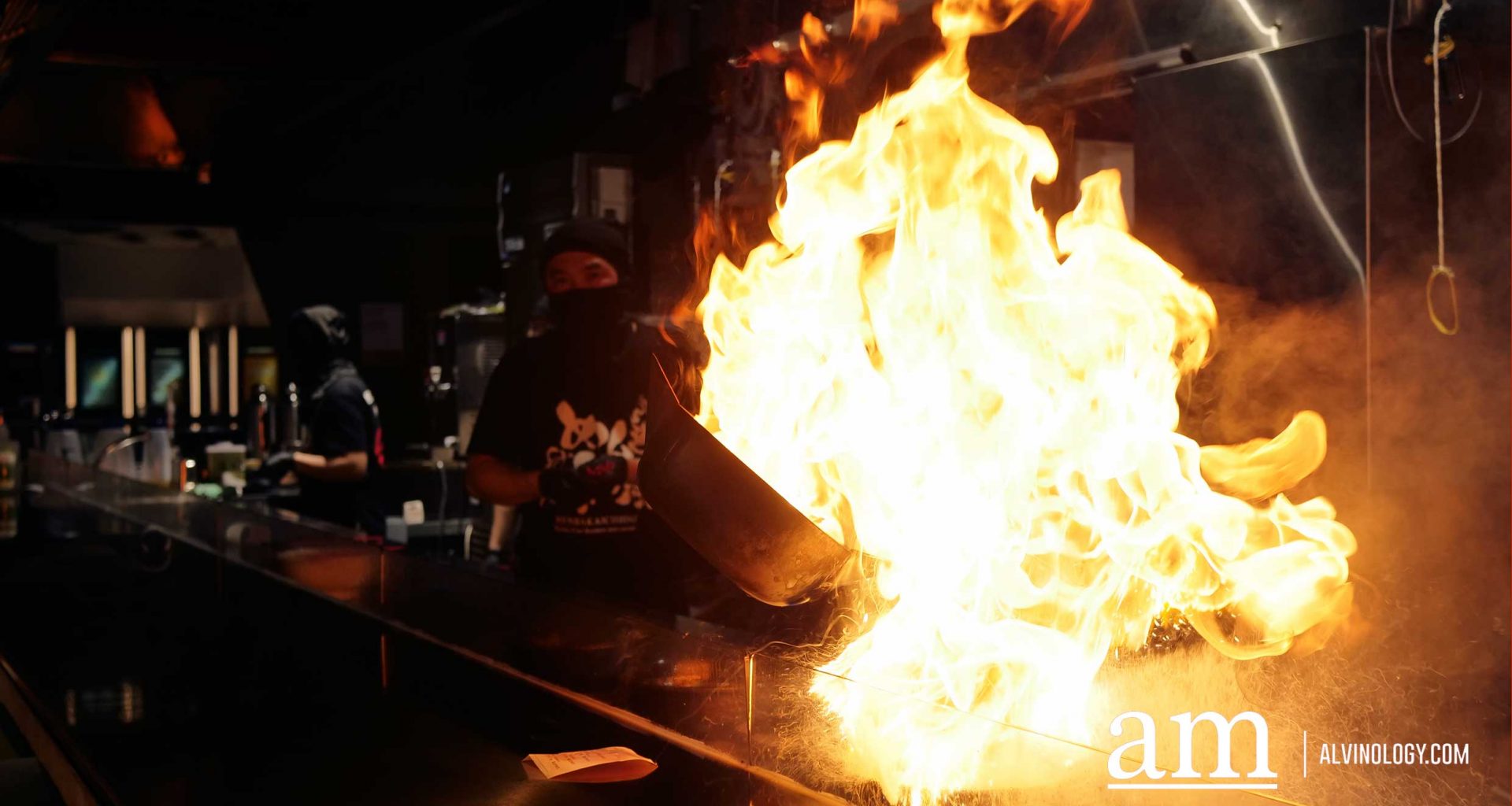Introduction
Interlinked fire alarm systems have come a long way in ensuring efficient and prompt response to fire emergencies. As technology continues to evolve, new trends and innovations are shaping the future of these systems. In this article, we will explore the key advancements and developments that are revolutionizing interlinked fire alarm systems, making them more reliable, intelligent, and effective in safeguarding lives and properties.
The Future of Fire Alarm Systems
Interlinked fire alarm systems are undergoing significant advancements as technology continues to evolve. One trend to watch out for is the integration of smart home features into these systems, allowing users to control and monitor their fire alarms remotely through smartphone apps or voice assistants. Another innovation of linked up alarms is the use of artificial intelligence and machine learning algorithms to improve detection accuracy and reduce false alarms. Additionally, the integration of IoT (Internet of Things) technology enables interconnected systems to communicate with each other, enhancing emergency response and coordination. These trends and innovations are poised to revolutionize fire safety, providing more efficient and reliable protection for homes and businesses.
Integration with Automotive Engine Systems
The integration of interlinked fire alarms with automotive engine systems represents a significant advancement in vehicle safety. By connecting fire alarm systems to the engine control unit (ECU), a seamless coordination is established between the detection of a fire and the engine’s response. In the event of a fire, the interlinked system triggers immediate actions, such as cutting off fuel supply, shutting down the engine, and activating fire suppression mechanisms. This integration enhances the overall safety of vehicles, minimizing the risk of fire-related accidents and providing valuable time for occupants to safely exit the vehicle. It ensures a swift and coordinated response, reducing the potential for catastrophic outcomes.
There are more mentionable trends and innovations to watch out for.
1. Wireless Connectivity
- Wireless connectivity allows for seamless communication between interconnected fire alarm devices.
- This technology eliminates the need for extensive wiring, reducing installation time and costs.
- Wireless systems can be easily expanded or modified as per the requirements of the building.
2. Integration with Building Automation Systems
- Interlinked fire alarm systems are now being integrated with building automation systems.
- This integration enables real-time monitoring, remote control, and automation of fire safety measures.
- The system can automatically shut down HVAC systems, close fire doors, and activate emergency lighting.
3. Advanced Detection Technologies
- Advanced detection technologies such as multi-sensor detectors and video smoke detection are becoming more prevalent.
- Multi-sensor detectors combine multiple sensing elements to provide accurate and reliable fire detection.
- Video smoke detection uses video analytics to detect smoke patterns, providing early warning in large spaces.
4. Artificial Intelligence and Machine Learning
- Artificial intelligence (AI) and machine learning (ML) algorithms are increasingly being employed in fire alarm systems.
- These technologies enable predictive analytics, allowing the system to learn from past incidents and identify potential fire risks.
- AI and ML also enhance the system’s ability to differentiate between false alarms and genuine emergencies.
5. Improved Notification Systems
- Traditional fire alarm systems relied on sound alarms, which may not be effective in certain scenarios.
- Modern interlinked fire alarm systems incorporate advanced notification systems, including voice evacuation and visual alerts.
- Voice evacuation systems provide clear instructions and guidance to occupants during an emergency.
6. Cloud-Based Monitoring and Management
- Cloud-based monitoring and management platforms offer enhanced functionality and accessibility.
- Fire alarm system data can be securely stored, analyzed, and accessed remotely.
- These platforms provide real-time monitoring, system diagnostics, and automatic updates, ensuring optimal system performance.
7. Enhanced Emergency Response Integration
- Interlinked fire alarm systems are now being integrated with emergency response systems.
- When a fire alarm is triggered, the system automatically alerts the fire department and provides them with vital information.
- This integration facilitates faster response times and improved coordination during emergencies.
8. Improved Battery Technology
- Battery technology advancements have significantly improved the reliability and longevity of fire alarm systems.
- Lithium-ion batteries offer longer life spans and higher energy densities, ensuring uninterrupted operation during power outages.
- These batteries also require less maintenance, reducing the overall cost of ownership.
Conclusion
As technology progresses, the future of interlinked fire alarm systems looks promising. Wireless connectivity, integration with building automation systems, advanced detection technologies, and the incorporation of AI and ML are revolutionizing these systems. Improved notification systems, cloud-based monitoring, enhanced emergency response integration, and superior battery technology further enhance their effectiveness. By embracing these trends and innovations, we can create safer environments for both residential and commercial spaces.












